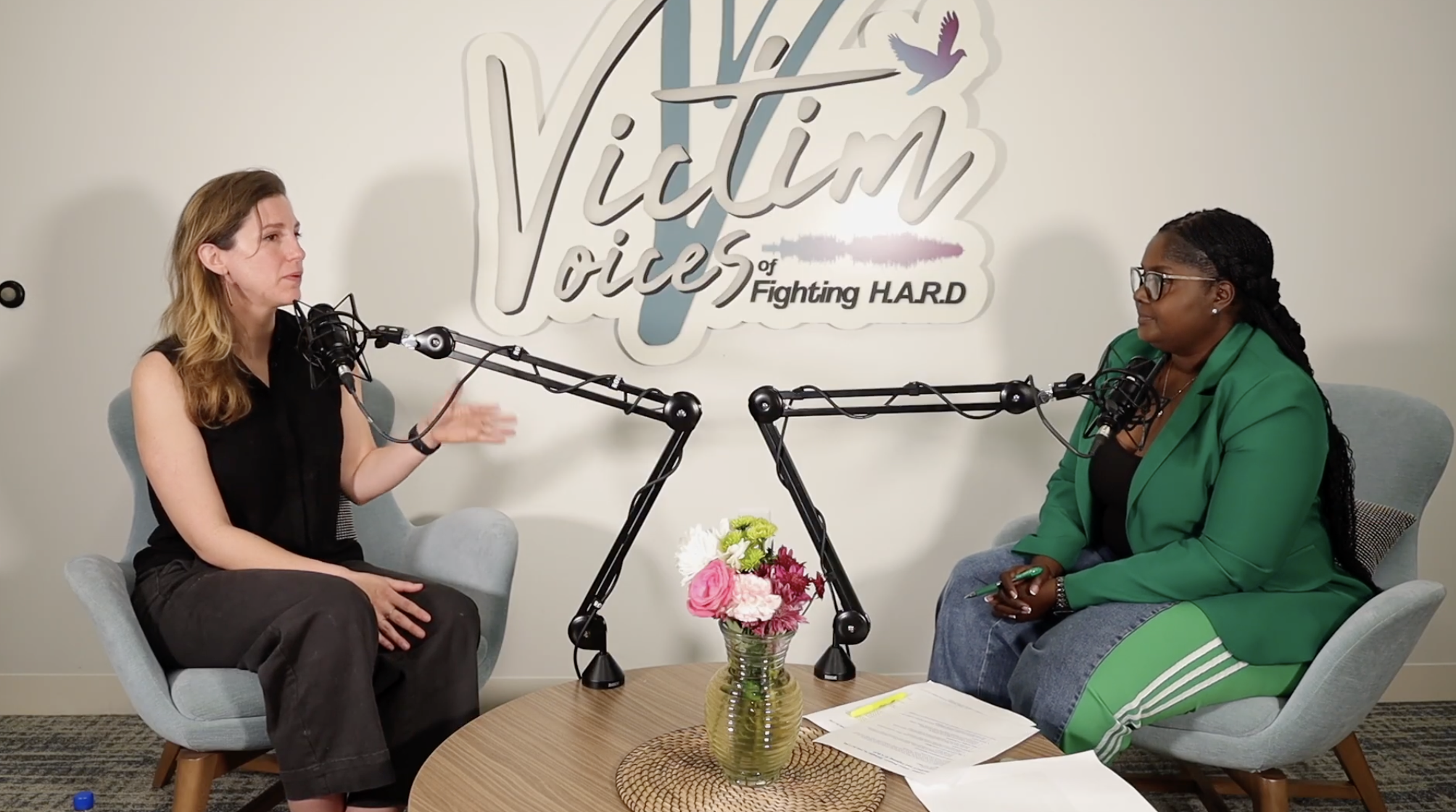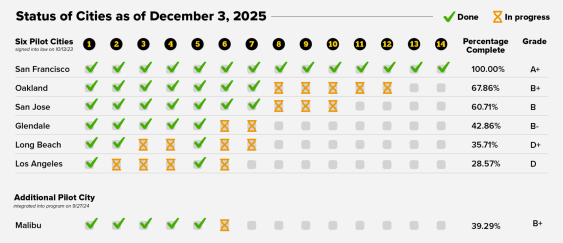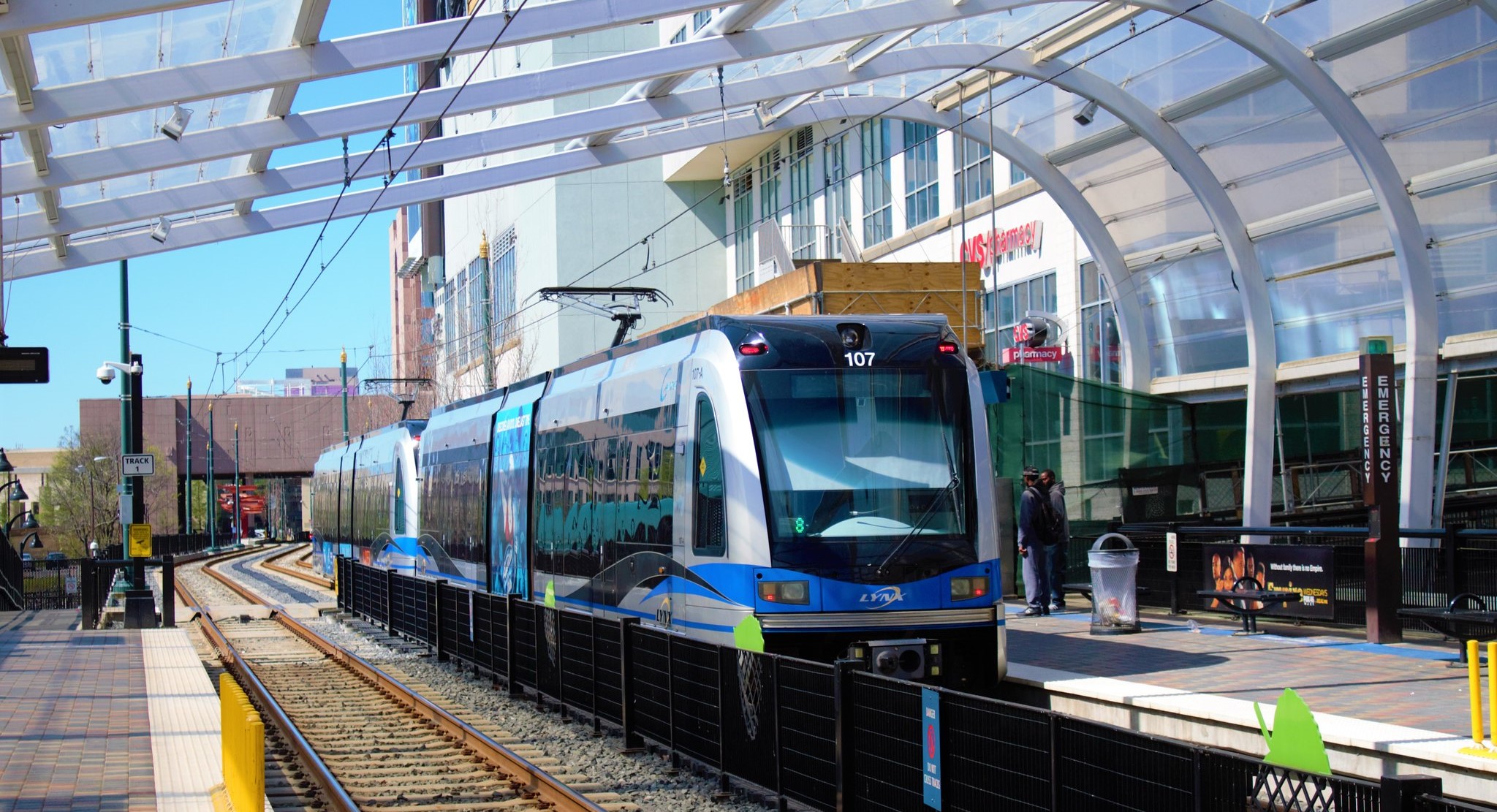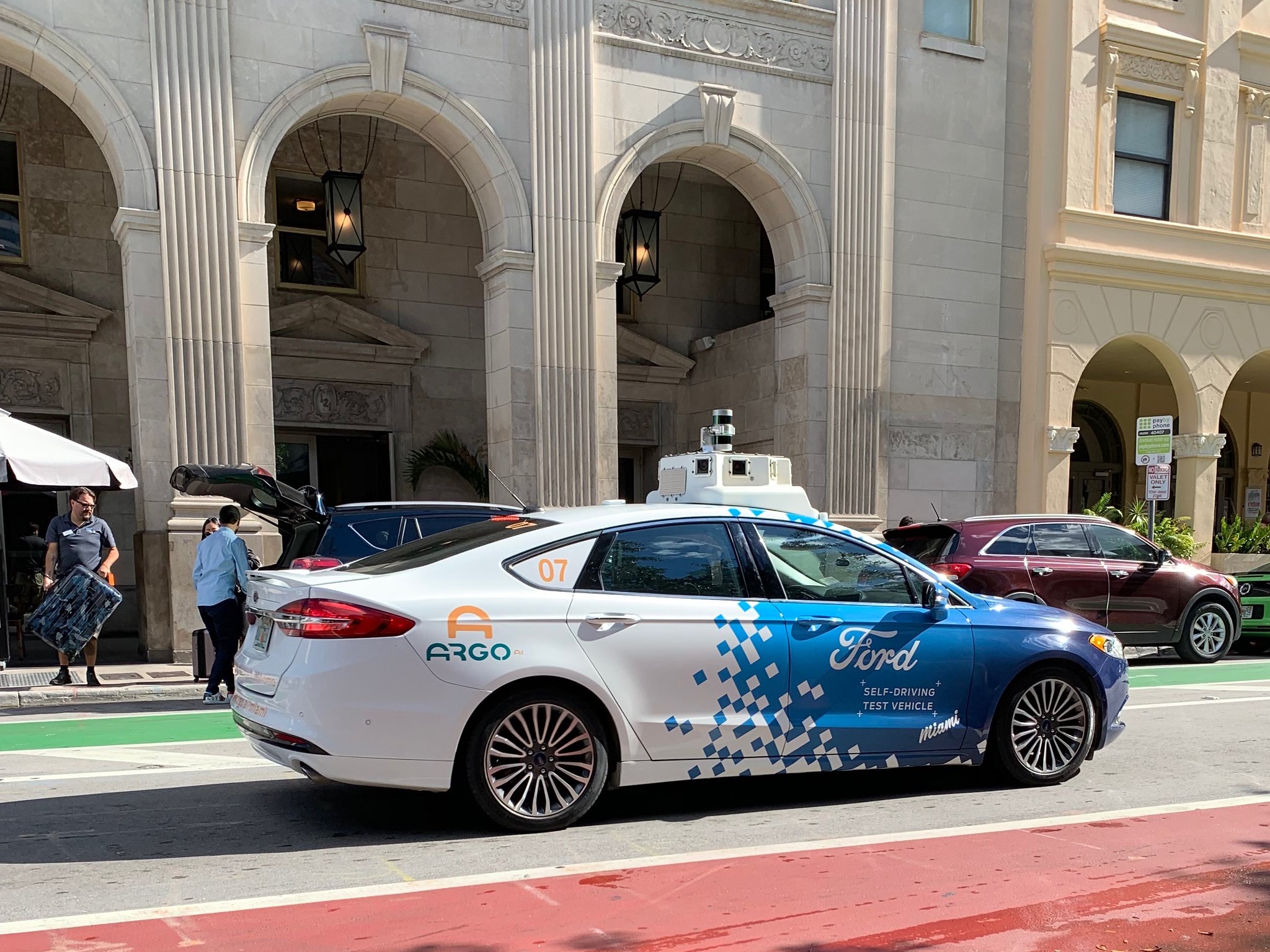SUVs have long been perceived by purchasers as providing added "safety," presumably by giving a commanding view through the windshield and some extra space between driver and metal shell. Of course, there are also a few downsides to driving a vehicle the size of a seafaring yacht.
One of them is that drivers of SUVs and light trucks, having limited rear visibility, have been backing over their own children in their driveways. These types of collisions are four times more likely to be fatal if the vehicle involved is of the extra-large type.
To address the problem, the U.S. DOT has decided to mandate rear-looking cameras in all automobiles [PDF]. Network blog Systemic Failure wonders whether this new regulation will give motorists the information they need to drive more carefully, or embolden them to the point of carelessness, further undermining safety:
The real question will be whether this regulation will be another test case for the theory of risk compensation. Proponents of risk compensation argue that drivers accept a certain level of risk. Rather than use safety devices to minimize risk, they instead use them to drive more aggressively. For example, exploiting anti-lock brakes to go faster down a snowy highway. This behavior has been observed on almost every safety innovation, even safety belts and motorcycle helmets.
The theory of risk compensation predicts that backup cameras will at best have no effect, and at worse cause an increase in fatalities. Once the camera shows the “all clear”, will drivers still take the time to look back and properly assess their surroundings? Or will they just go flying out of the driveway?
Elsewhere on the Network today: Market Urbanism chastises the EPA for enforcing environmental regulations that undermine the value of residential compactness -- an important ingredient in sustainable communities. Community activists in Oakland prepare to take on the car-based orientation of a local McDonald's, reports Living in the O. And Discovering Urbanism outlines strategies for making sure transit oriented developments are affordable and make proper use of transit amenities.






